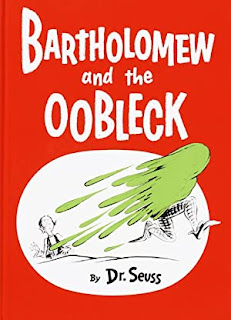Data-driven marketing has always focused on getting as much information on your customers as possible through various channels. As privacy grows increasingly important and tracking becomes increasingly limited, zero-party data (ZPD) is on the rise.
Conventional marketing wisdom has always been that the more you know about your customer, the more effectively you can target them. For that reason, marketers have always been trying to get their hand on as much data as possible, relying not just on their own first-party data but even paying for second-party and third-party data.
To clarify terms, here’s a rundown on the differences in data sources.
First-party dataFirst-party data is what a business receives directly from a customer typically as a result of purchases, subscriptions, or points of contact. It can be the result of what a customer actively fills in on a form or passively shares as a result of cookies that the customer accepts by using the brand’s site or the tracking that comes through use of an app.
While a complete record of information given by a customer is valuable, for businesses that haven’t had much time to gain a complete history, it may not suffice to inform truly tailored experiences. That’s why businesses will pay for access to additional information through second and even third parties.
Second-party dataSecond-party data is first-party data acquired by another company that is then sold to a business that wants more information about its customer base. Drawing on the more thorough information can fill in more of the customer picture, but it’s still limited to what a single business has been able to gather on the customers, which is why some will pay a broker for data.
Third-party dataThird-party data is different from first and second party in that it draws on multiple sources of data that a separate company puts together into a single dataset to be sold to those in the market for that kind of customer information. Typically, the company in the business of delivering data will purchase first party data from a number of companies to create these data packages for others to buy through the data exchange marketplace.
Data drawbacks
While going from one to three increases your data resources, it’s not without its drawbacks. As anyone can buy third party data, what a business buys is not unique to it. As a result, it is very likely that all businesses competing for the same customers are working off the same data set.
Also since the establishment of GDPR in Europe and
CCPA in California, marketers have had to respect consumer-set boundaries for the collection, use, and sale of their data.
The rise of such legislation has shed more light on privacy issues that has created pressure for platforms to stop enabling data collection without users’ knowledge. That is the story behind
Google’s resolution to phase out third-party cookies and
Apple’s new iOS setup for informed consent on apps.
The new frameworks don’t only curtail marketers from using data obtained from outside sources. They can even limit some first-party data that businesses have obtained without informed consent by tracking consumer behavior with cookies,
pixels, or
cross-device identification (XDID).
That is why a couple of years ago, we started hearing about zero-party data or ZPD. The term has been credited to Forrester, which presented it in
Predictions 2019: B2C Marketing Report.
This approach has gained momentum over the past couple of years.
AW360 predicts that a quarter of CMOs will be looking to implement ZPD in 2021.
The zero-party solution
As both zero-party data and first-party data take in information directly from the customer, there is some overlap between the two. The crucial difference between them is that zero-party data only includes what a customer knowingly and willingly shares.
That means that customers are in full control of the information they share with the business. They are willing to give their data if they feel they can trust the brand and are getting something of value in return.
Read more in Zero to Hero: Providing Personalization & Privacy















